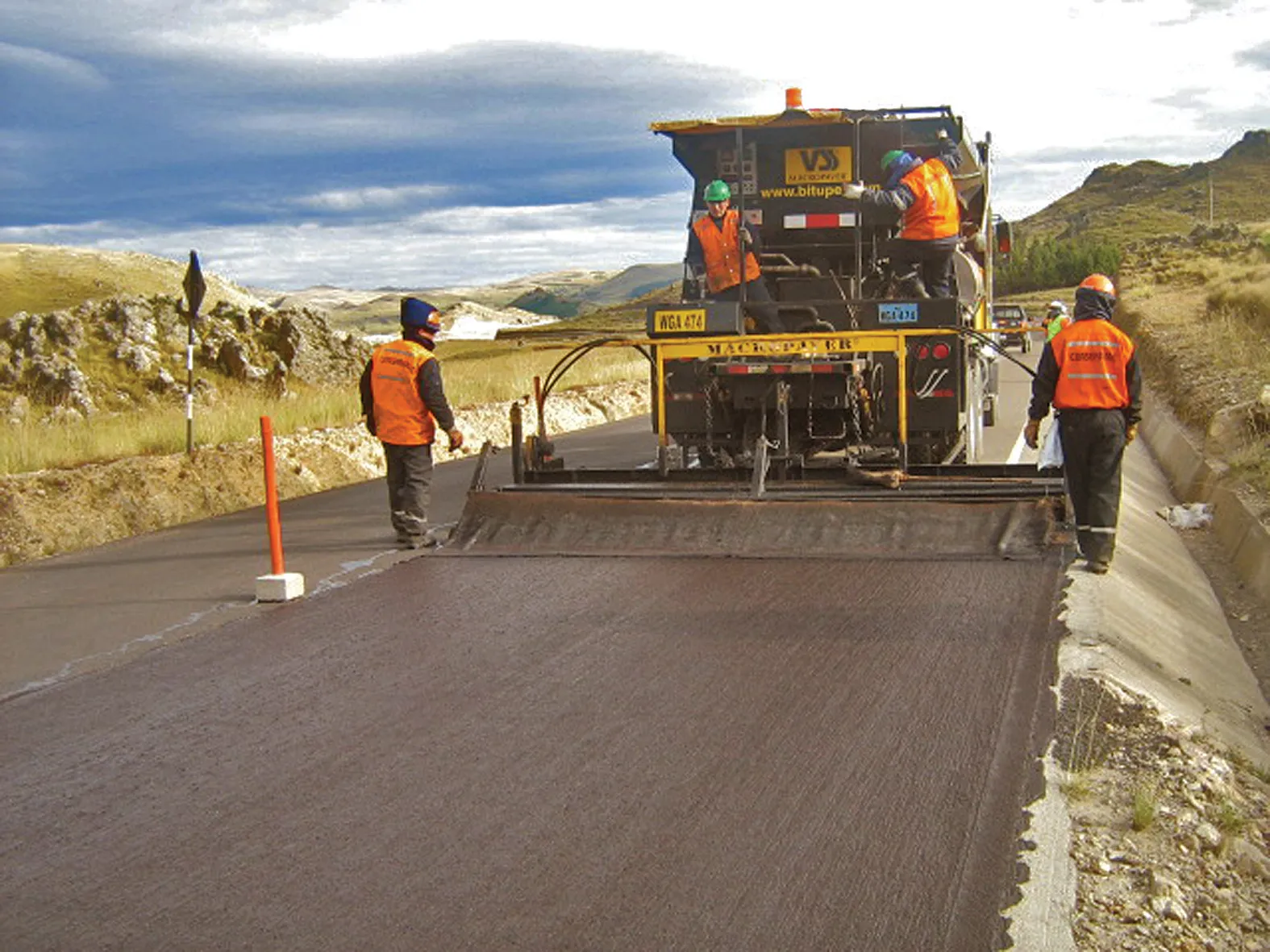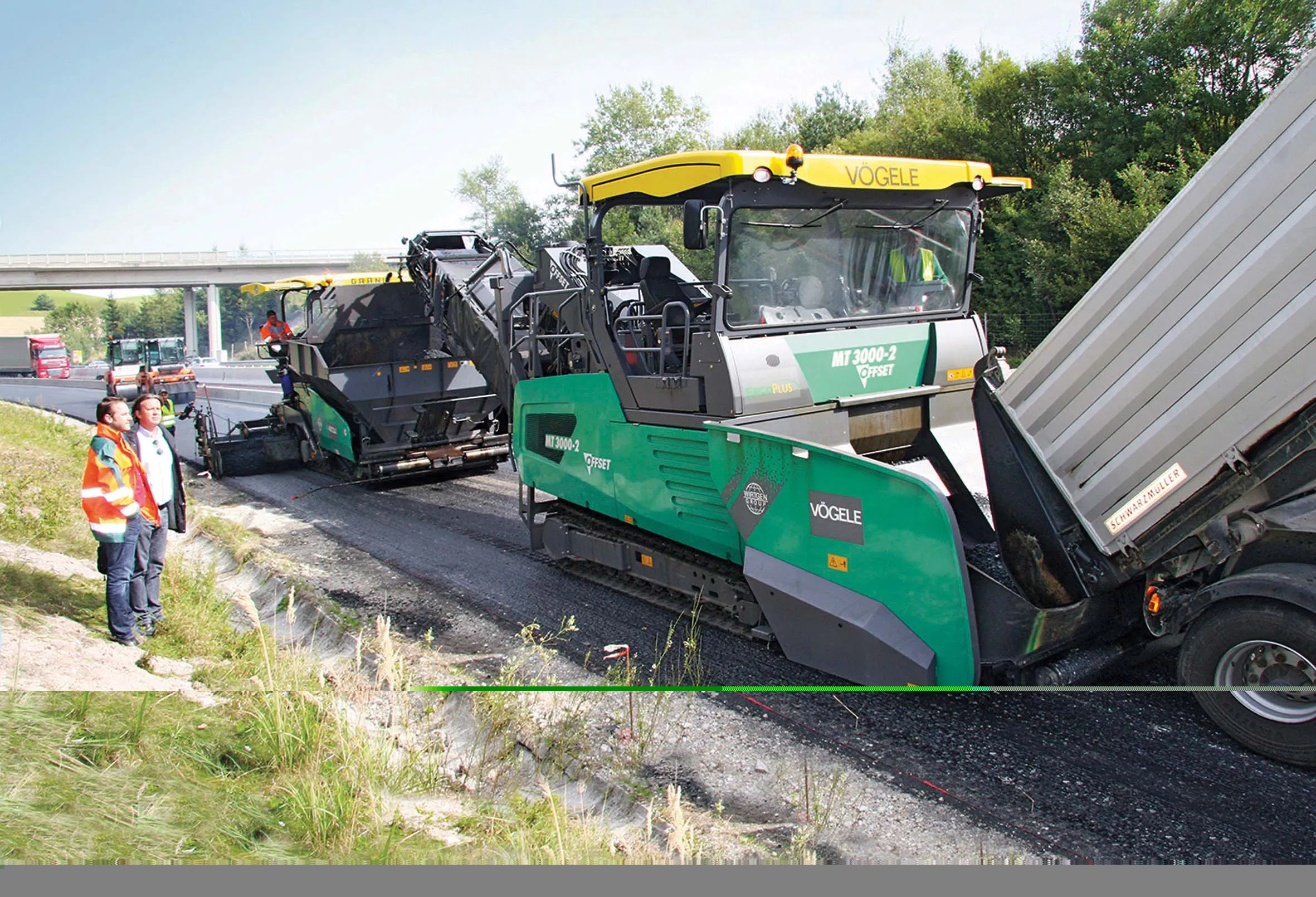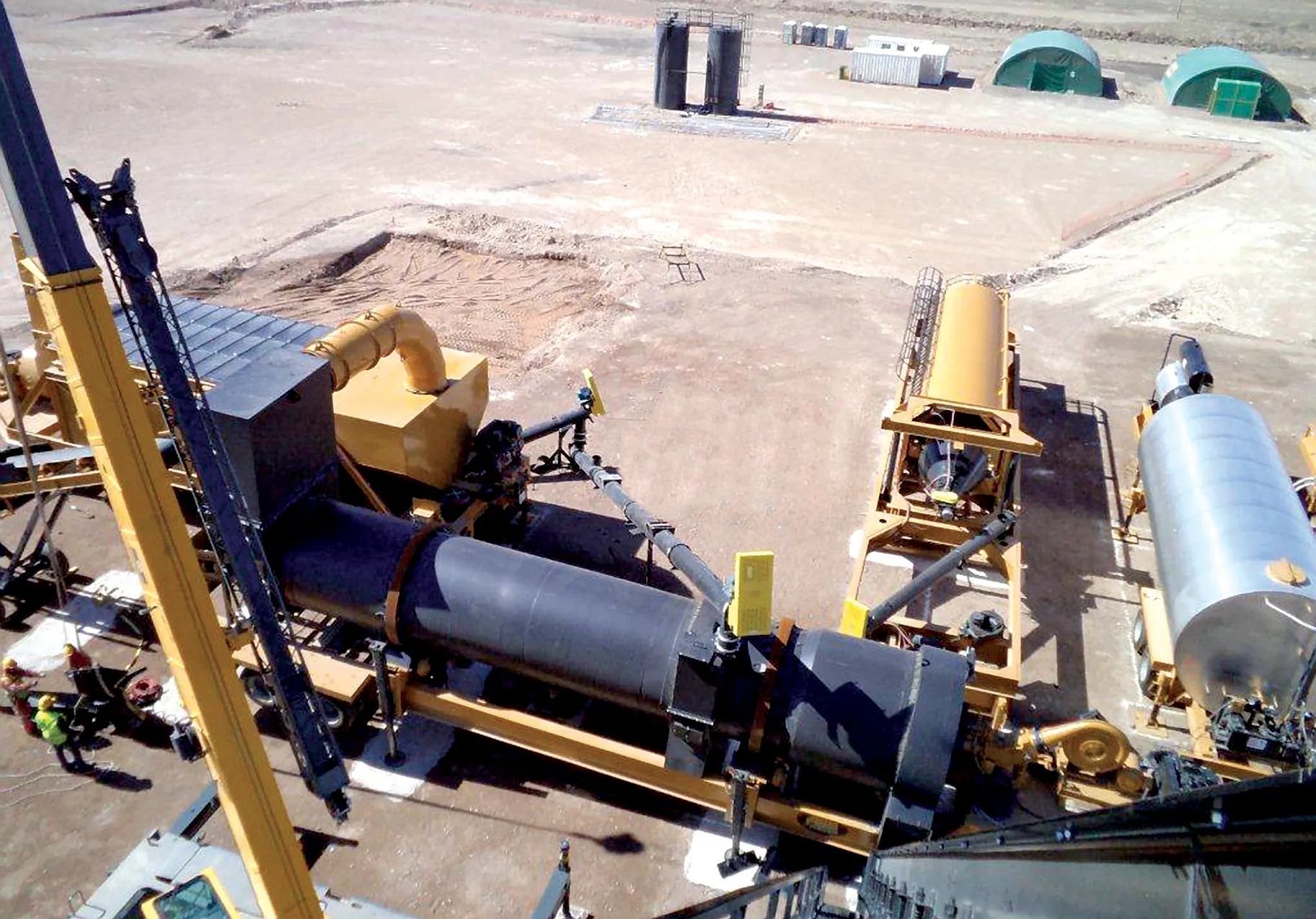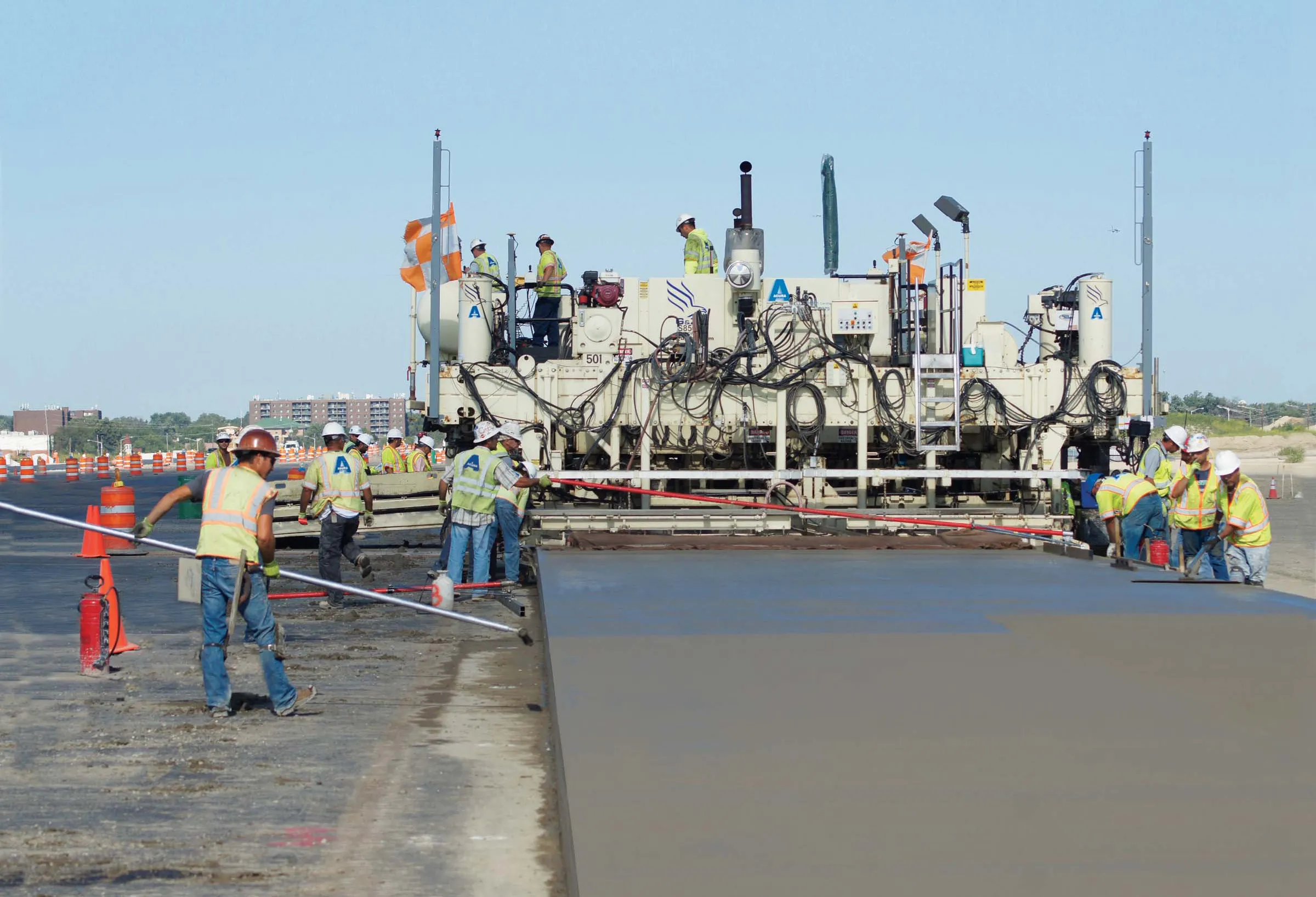VSS Macropaver continues to develop its product range with the launch of a sophisticated control system as well as a new materials feeder.
February 21, 2012
Read time: 4 mins
According to the company, this conversion should prove highly cost-effective. Contractors with truck mounted slurry and microsurfacing machines can expand the capabilities of their fleet using a STV. The conversion allows standard units to be adapted into continuous machines with minimal modification, quickly and cost effectively. The STV also allows for quick changes between continuous and standard truck mounted mode so that a contractor can use one machine on the jobsite instead of two or more, for both continuous or standard slurry work. The STV can also be used as a loader at the stockpile site or jobsite, eliminating the need for a wheeled loader, emulsion and water storage tankers. The system is said to be easy to use for machine operaters as it is simply an additional component, with its own in-cab mounted control display that monitors and controls all necessary functions.
In addition, the firm's new EZ-OP monitoring system is intended to cut training time for new operators and also allows full reporting on work being carried out on-site. The data logger is mounted on the operator panel and the information it collects can be transferred by SD card to the office for analysis and to provide a record of work carried out, using the firm's own software. Reports can be sent out by email and the system can even collate data from multiple machines working on the same project. The operator still makes the decisions however and the monitoring system is said to be easy to read while watching material as it is placed on the road. This system allows contractors to keep track of quality, productivity and daily production rates and comes standard on all new VSS Macropavers.
By providing more information, an operator can quickly make optimum decisions, which improves quality. An operator can spend more time watching the surfacing work and managing the project as the system automatically calibrates material flows to match the mix design. The system also stores multiple calibrations making it easy to switch from one project to another requiring different materials, while entering mix designs is also said to be easy using the display. The EZ-OP also features an optional printer mounted on the operator panel for printing material usage reports. The EZ-OP controls the material sequence and allows for easy adjustment, as well as monitoring the pugmill. The system will not allow the flow of materials unless the pugmill mixer is turning and also monitors the pugmill load and will stop the flow of materials before the pugmill stalls or plugs.
This allows an operator to change material settings and avoid a time consuming pugmill cleanout.









